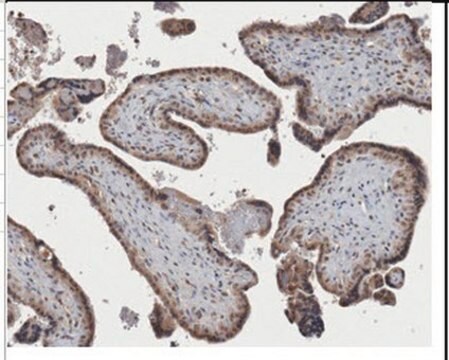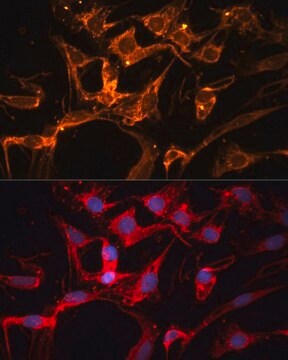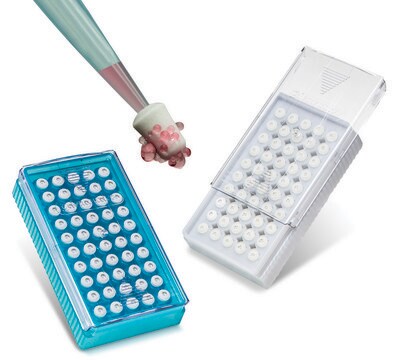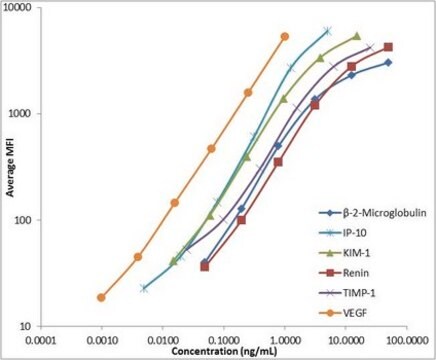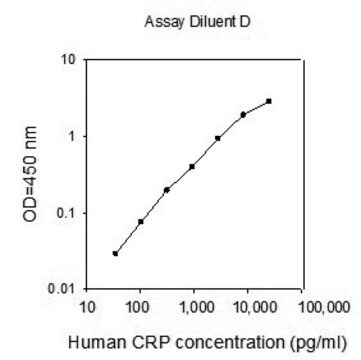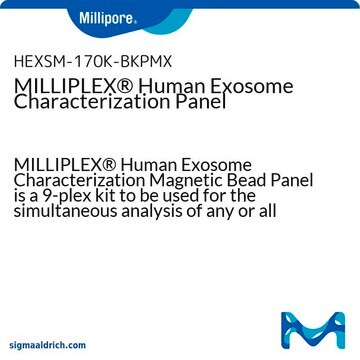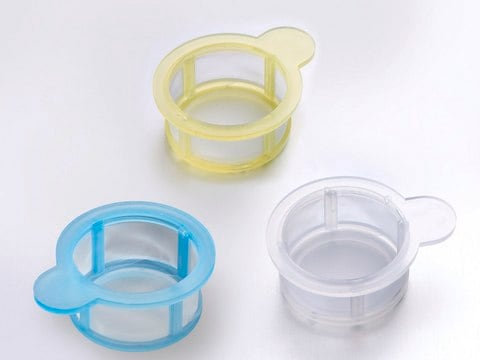MABS1270
Anticorps anti-lipoprotéine Lipase/LPL, clone 4-1a
clone 4-1a, from mouse
Synonyme(s) :
Lipoprotein lipase, hLPL, LPL
About This Item
Produits recommandés
Source biologique
mouse
Niveau de qualité
Forme d'anticorps
purified immunoglobulin
Type de produit anticorps
primary antibodies
Clone
4-1a, monoclonal
Espèces réactives
human, mouse, bovine, rat
Technique(s)
ELISA: suitable
immunocytochemistry: suitable
immunofluorescence: suitable
immunohistochemistry: suitable (paraffin)
western blot: suitable
Isotype
IgG2aκ
Numéro d'accès NCBI
Numéro d'accès UniProt
Conditions d'expédition
wet ice
Modification post-traductionnelle de la cible
unmodified
Informations sur le gène
human ... LPL(4023)
Description générale
Spécificité
Immunogène
Application
Analyse par western blotting : un lot représentatif a permis de détecter la lipoprotéine lipase (LPL) dans du plasma humain et du lait de vache par western blotting. Le clone 4-1a a montré une fixation nettement réduite à la LPL murine ou de poulet et n'a pas permis de détecter la lipase hépatique humaine (hHl) [Bensadoun, A., et al. (2014). Biochim. Biophys. Acta. 1841(7):970-976].
Analyse par western blotting : un lot représentatif a détecté la LPL humaine recombinante de type sauvage (rhLPL), ainsi que la rhLPL avec Gln3 et Arg4 mutés. Le clone 4-1a n'a pas réagi à la rhLPL avec Ile8 ou Asp9 muté, ni à la rhLPL avec délétion de a.a. 5-15 ou a.a. 16-25 [Bensadoun, A., et al. (2014). Biochim. Biophys. Acta. 1841(7):970-976].
Analyse par ELISA : un lot représentatif a été utilisé comme anticorps de capture pour détecter la LPL humaine par un test ELISA sandwich, en utilisant le clone 5D2 biotinylé comme anticorps de détection [Bensadoun, A., et al. (2014). Biochim. Biophys. Acta. 1841(7):970-976].
Analyse par immunocytochimie : un lot représentatif a permis de détecter la fixation de LPL humaine à des cellules CHO et CHL transfectées pour exprimer GPIHBP1 de surface, mais pas à des cellules ayant subi une transfection simulée ni à des cellules transfectées pour exprimer le mutant GPIHBP1 C65S. Le clone 4-1a ne concurrence pas les lipoprotéines riches en triglycérides (TRL) pour la fixation du complexe LPL-GPIHBP1 à la surface cellulaire [Bensadoun, A., et al. (2014). Biochim. Biophys. Acta. 1841(7):970-976].
Analyse par immunofluorescence : un lot représentatif a détecté une immunoréactivité de la hLPL associée à GPIHBP1 dans des cellules d'endothélium capillaire de coupes de muscle squelettique de souris congelé fixé au méthanol/à l'acétone et inclus dans du milieu OCT exprimant le transgène LPL humain spécifique au muscle. Une immunoréactivité beaucoup plus faible de la mLPL endogène a été détectée dans des coupes de muscle squelettique de souris non transgéniques [Bensadoun, A., et al. (2014). Biochim. Biophys. Acta. 1841(7):970-976].
Remarque : le clone 4-1a montre une activité beaucoup plus faible avec la LPL de rat et de souris, par comparaison avec la LPL humaine. La plus grande quantité d'échantillons chargés (en western blotting et ELISA) et/ou la méthode de détection haute sensibilité (p. ex. détection de polymère HRP ou par fluorescence en western blotting et immunohistochimie) est recommandée lorsque ce clone est utilisé pour détecter la LPL de rat et de souris.
Signalisation
Métabolisme des lipides et régulation du poids
Qualité
Analyse par immunohistochimie : une dilution au 1/50e de cet anticorps a permis de détecter une immunoréactivité de la lipoprotéine lipase/LPL dans des coupes de tissu cardiaque de souris.
Description de la cible
Forme physique
Stockage et stabilité
Autres remarques
Clause de non-responsabilité
Vous ne trouvez pas le bon produit ?
Essayez notre Outil de sélection de produits.
Code de la classe de stockage
12 - Non Combustible Liquids
Classe de danger pour l'eau (WGK)
WGK 1
Point d'éclair (°F)
Not applicable
Point d'éclair (°C)
Not applicable
Certificats d'analyse (COA)
Recherchez un Certificats d'analyse (COA) en saisissant le numéro de lot du produit. Les numéros de lot figurent sur l'étiquette du produit après les mots "Lot" ou "Batch".
Déjà en possession de ce produit ?
Retrouvez la documentation relative aux produits que vous avez récemment achetés dans la Bibliothèque de documents.
Notre équipe de scientifiques dispose d'une expérience dans tous les secteurs de la recherche, notamment en sciences de la vie, science des matériaux, synthèse chimique, chromatographie, analyse et dans de nombreux autres domaines..
Contacter notre Service technique